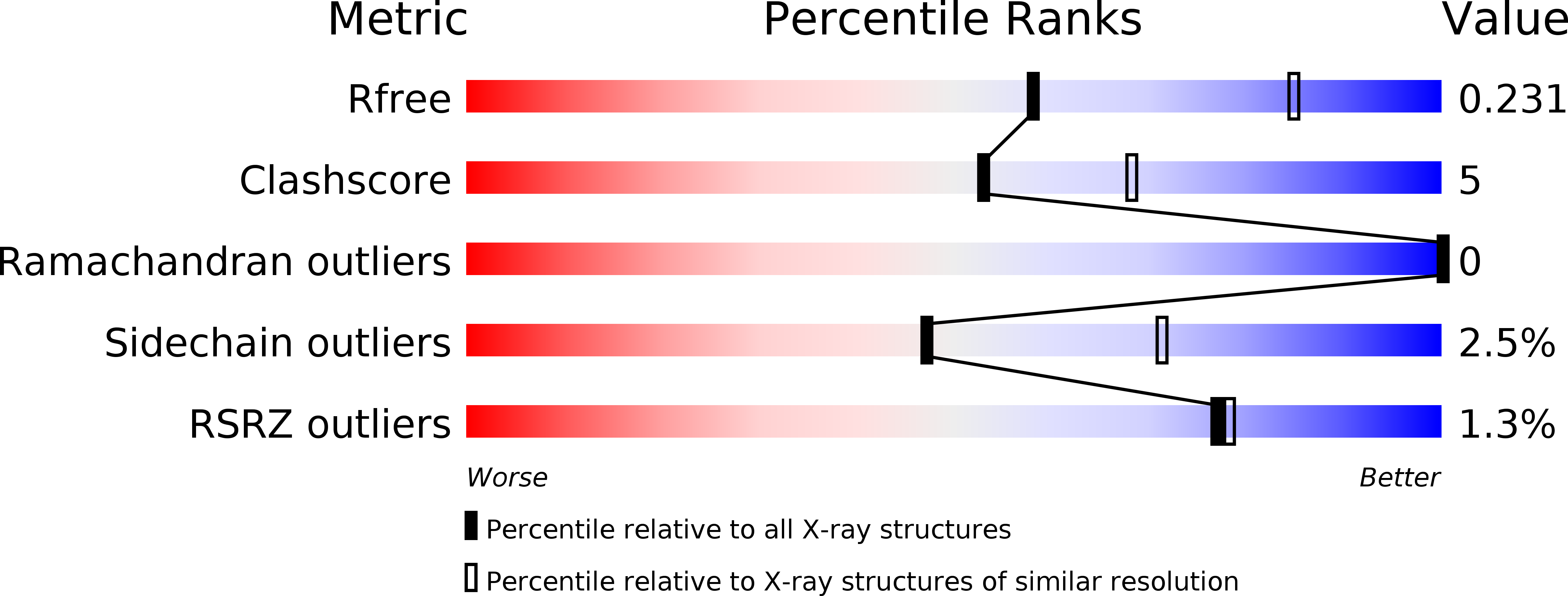
Deposition Date
2010-10-26
Release Date
2011-05-04
Last Version Date
2024-05-08
Entry Detail
PDB ID:
2XVJ
Keywords:
Title:
Crystal structure of the mutant bacterial flavin containing monooxygenase in complex with indole
Biological Source:
Source Organism:
METHYLOPHAGA AMINISULFIDIVORANS (Taxon ID: 230105)
Host Organism:
Method Details:
Experimental Method:
Resolution:
2.48 Å
R-Value Free:
0.23
R-Value Work:
0.19
R-Value Observed:
0.20
Space Group:
C 1 2 1


